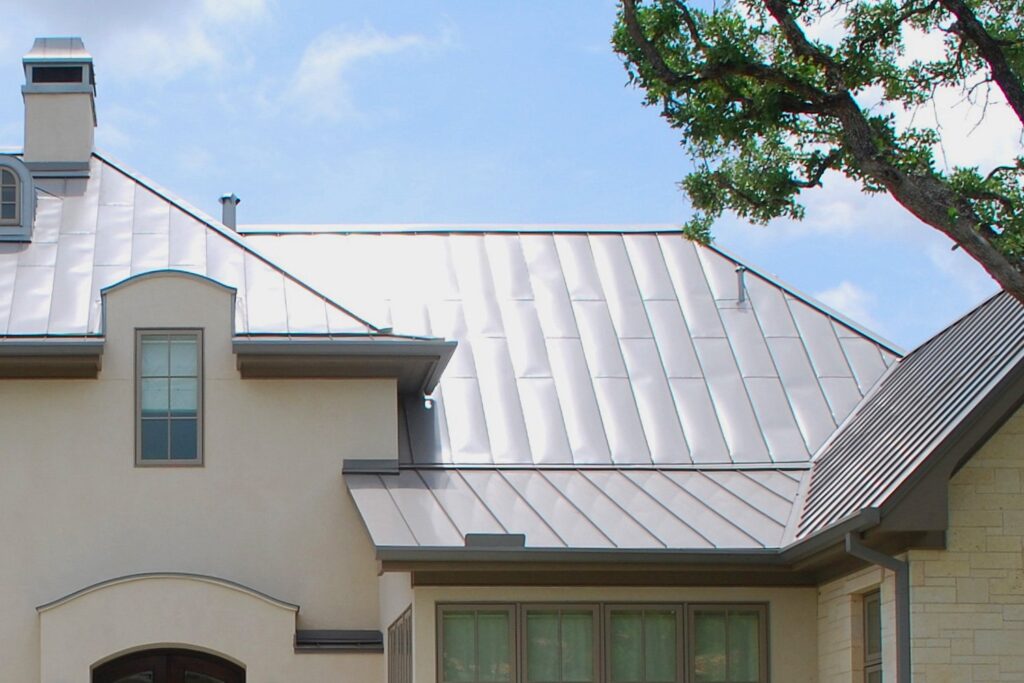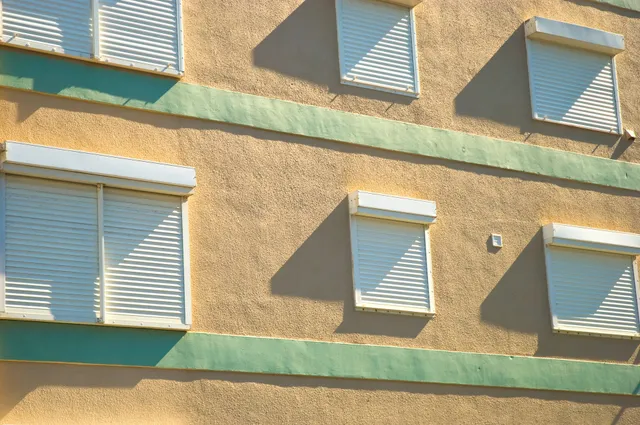Choosing the right roofing material is one of the most important decisions for homeowners and business owners alike. A roof not only protects a building from the elements but also affects energy efficiency, maintenance costs, and overall property value. With so many options available, from traditional asphalt shingles to durable metal roofing, it’s essential to weigh the pros and cons before making a final decision.
Whether you’re considering a roof replacement or installing a new system, understanding the strengths and weaknesses of different materials can help you make an informed choice. Here’s a breakdown of the most popular roofing materials and how they compare.
1. Asphalt Shingles: The Most Common Choice
Asphalt shingles remain one of the most widely used roofing materials in both residential and commercial settings. Their affordability and ease of installation make them a go-to option for many property owners.
Pros:
✔ Cost-Effective: Asphalt shingles are among the most affordable roofing materials available.
✔ Variety of Styles: Available in numerous colors and textures to complement different architectural styles.
✔ Ease of Installation: Quick and straightforward to install, reducing labor costs.
✔ Decent Durability: Lasts between 20 to 30 years with proper maintenance.
Cons:
❌ Prone to Weather Damage: High winds, hail, and UV exposure can cause shingles to crack or wear out.
❌ Shorter Lifespan Compared to Other Materials: Requires more frequent roof repair or replacement than premium materials.
❌ Environmental Impact: Asphalt shingles are petroleum-based and not easily recyclable.
Best for: Homeowners on a budget looking for a reliable, low-maintenance option.
2. Metal Roofing: Durability Meets Energy Efficiency
Metal roofing has become increasingly popular due to its long lifespan and energy-efficient properties. It is commonly used for both commercial roofing and residential properties.
Pros:
✔ Longevity: Can last between 40 to 70 years with proper care.
✔ Energy Efficient: Reflects solar heat, reducing cooling costs in warmer climates.
✔ Weather Resistant: Stands up to heavy rain, high winds, and even fire.
✔ Eco-Friendly: Often made from recycled materials and fully recyclable at the end of its lifespan.
Cons:
❌ Higher Upfront Cost: More expensive than asphalt shingles, though it saves money in the long run.
❌ Noise Factor: Rain and hail can be loud, though insulation can minimize this.
❌ Denting Risk: Softer metals like aluminum can dent from heavy impacts.
Best for: Homeowners looking for a long-term investment and businesses needing durable commercial roofing solutions.
3. Clay and Concrete Tiles: Timeless Beauty with Superior Strength
Clay and concrete tiles offer a distinct aesthetic appeal, often seen on Mediterranean, Spanish, and Southwestern-style homes. These tiles are known for their strength and ability to withstand extreme weather conditions.
Pros:
✔ Durability: Lasts 50+ years, often outliving the structure itself.
✔ Fire and Pest Resistant: Won’t rot, warp, or attract pests.
✔ Energy Efficient: Helps regulate indoor temperature by providing natural insulation.
✔ Low Maintenance: Requires minimal upkeep over time.
Cons:
❌ Heavy Material: May require additional structural support before installation.
❌ Expensive Installation: High material and labor costs make it a significant investment.
❌ Fragile to Impact: Can break if walked on or hit by heavy debris.
Best for: Homes with strong support structures in warm or coastal climates.
4. Slate Roofing: The Premium, Long-Lasting Option
Slate is one of the most durable and aesthetically pleasing roofing materials available. It offers a natural, refined look while providing exceptional longevity.
Pros:
✔ Extreme Longevity: Can last over 100 years with proper maintenance.
✔ Fire Resistant: A completely fireproof material.
✔ Minimal Upkeep: Resistant to mold, rot, and pests.
✔ Elegant Appearance: Natural stone texture enhances curb appeal.
Cons:
❌ High Cost: One of the most expensive roofing materials.
❌ Weight Issues: Requires a reinforced roof structure to support its heavy weight.
❌ Specialized Installation: Requires experienced professionals, increasing labor costs.
Best for: High-end homes and historic renovations where durability and aesthetics are a priority.
5. Wood Shingles and Shakes: Natural Beauty with Moderate Durability
Wood shingles and shakes offer a rustic charm that is highly desirable in traditional and cabin-style homes. They provide a natural, organic look that blends well with nature.
Pros:
✔ Attractive Aesthetic: Provides a classic, warm appearance.
✔ Eco-Friendly: Made from sustainable materials and biodegradable.
✔ Good Insulation: Naturally energy-efficient, helping with temperature regulation.
Cons:
❌ Fire Risk: Requires treatment for fire resistance in some areas.
❌ High Maintenance: Prone to rot, mold, and insect damage if not properly maintained.
❌ Limited Lifespan: Typically lasts 25 to 40 years, depending on climate conditions.
Best for: Homes in dry climates where the risk of mold and rot is minimal.
6. Flat Roofing Systems: Ideal for Commercial Use
Flat roofs are most commonly found in commercial roofing but are also used for modern residential designs. These roofs require specialized materials to ensure proper drainage and durability.
Pros:
✔ Cost-Effective for Large Buildings: Requires fewer materials than pitched roofs.
✔ Space Utilization: Can accommodate HVAC units, solar panels, or even rooftop gardens.
✔ Quick Installation: Faster to install than traditional sloped roofs.
Cons:
❌ Drainage Challenges: Requires proper design to prevent water pooling.
❌ More Frequent Maintenance: Regular inspections are needed to prevent leaks.
❌ Shorter Lifespan: Depending on the material, flat roofs last between 15 to 30 years.
Best for: Businesses and modern homes that need a low-cost, functional roofing solution.
Choosing the Right Roofing Material for Your Needs
With so many options available, selecting the right material depends on several factors:
✔ Budget: Asphalt shingles and flat roofing systems are more affordable, while slate and metal roofs require a higher investment.
✔ Durability Needs: If longevity is a priority, metal or slate roofs offer the best return on investment.
✔ Climate Considerations: Homes in hurricane-prone areas benefit from metal roofing, while clay tiles perform best in hot, dry climates.
✔ Maintenance Preferences: Those looking for a low-maintenance option may prefer asphalt, metal, or slate over wood.
A professional roofer can provide expert recommendations based on your specific needs, ensuring you choose the best material for your home or business. Companies like Homey Roofing and Restoration specialize in helping homeowners and businesses find durable, efficient, and aesthetically pleasing solutions for their roofing needs.
Final Thoughts: Investing in the Right Roof
A new roof is a significant investment that affects not only the appearance of a building but also its protection and efficiency. Whether you’re considering a roof replacement or installing a brand-new system, understanding the pros and cons of different materials is crucial.
By consulting with a trusted roofing company, you can ensure that your roof is built to last, withstands the elements, and enhances the overall value of your property. Choosing the right roofing material today will save you from costly roof repair in the future, providing peace of mind and long-term benefits.






